

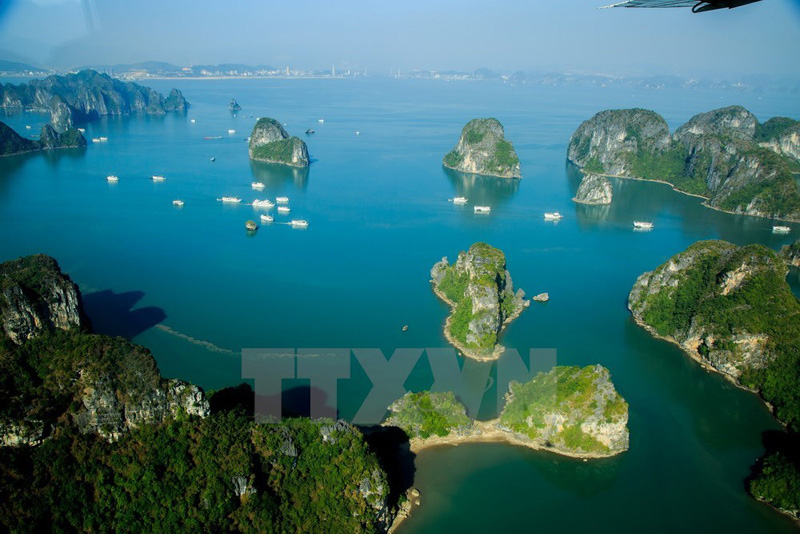
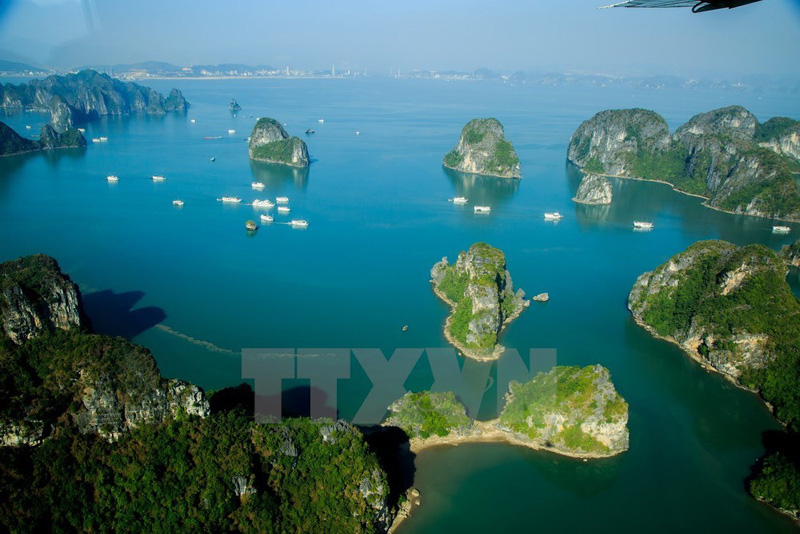
Ha Long Bay, located in the Gulf of Tonkin within the northern province of Quang Ninh, received the World Heritage Site title given by UNESCO in 1994 and 2000 (Photo: VNA)
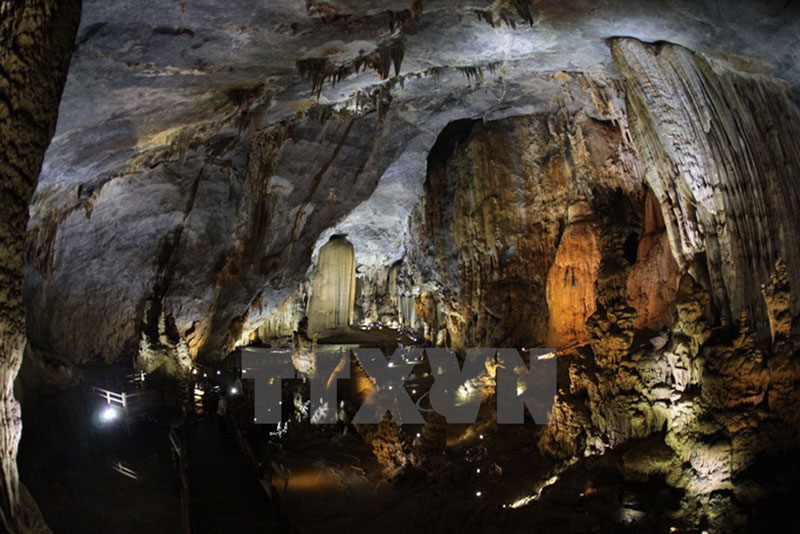
Thien duong (Paradise) Cave is among grandiose and
mysterious caves of Phong Nha-Ke Bang National Park, a World Heirtage Site in
Quang Binh province (Photo: VNA
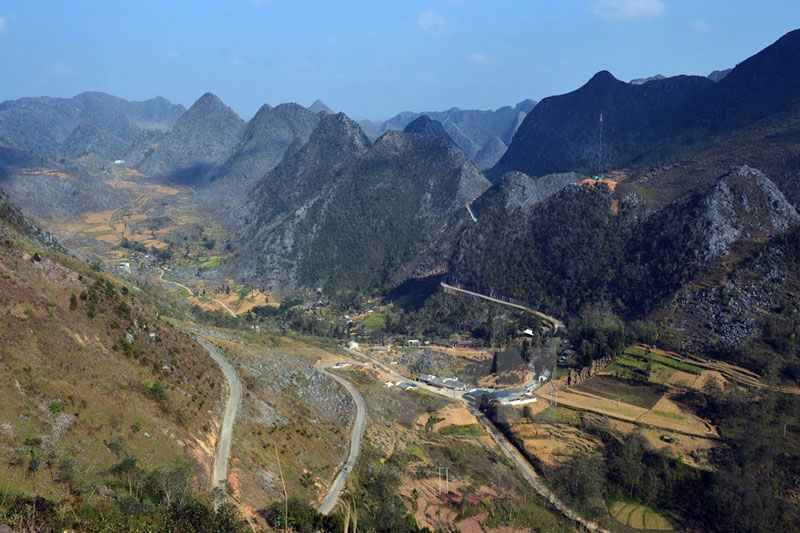
Dong Van Karst Plateau UNESCO Global Geopark in Ha Giang province(Photo: VNA)
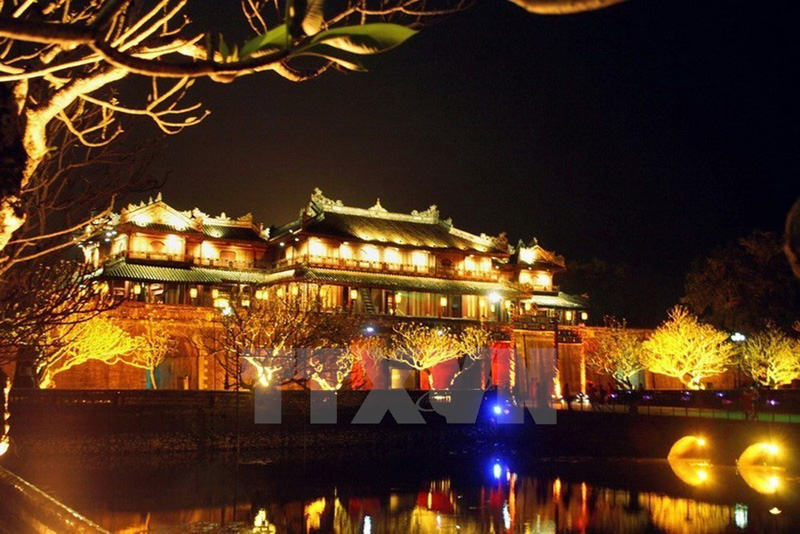
Complex of Hue Monuments was the first UNESCO World
Heritage Site in Vietnam after it was recognised in 1993 (Photo: VNA)
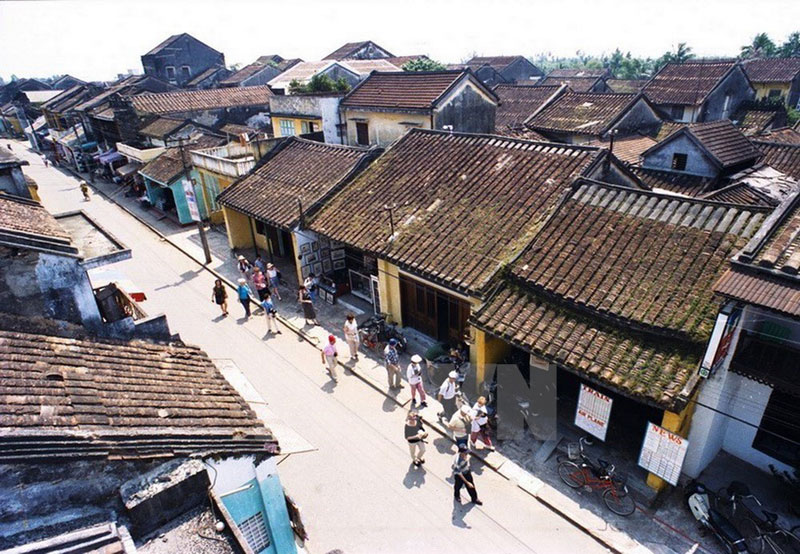
Hoi An Ancient Town in Quang Nam province was declared
a World Cultural Heritage Site by UNESCO in 1999 (Photo: VNA)
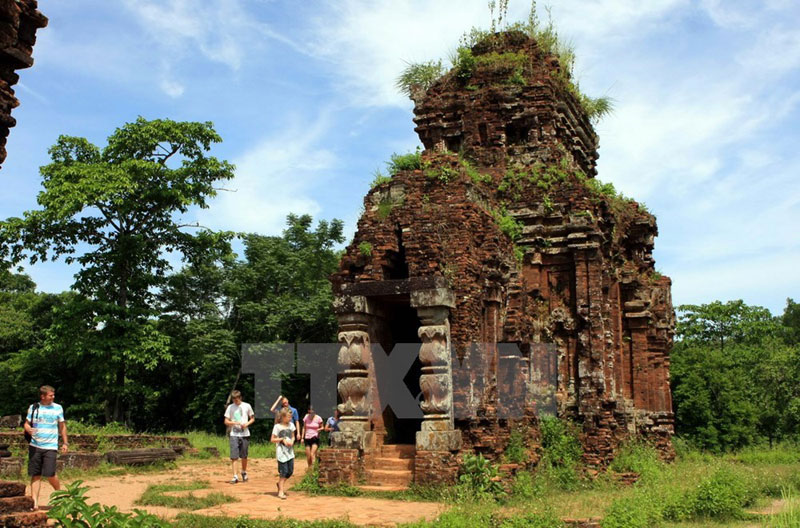
My Son Sanctuary in Quang Nam province was
recognised as a UNESCO World Cultural Heritage Site in 1999 (Photo: VNA)
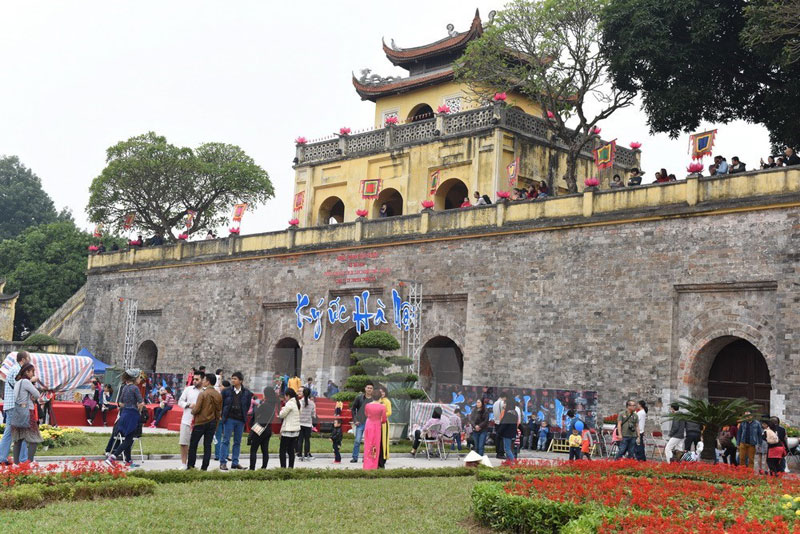
Imperial Citadel of Thang Long was
listed in UNESCO's World Heritage Site in 2010 (Photo: VNA)
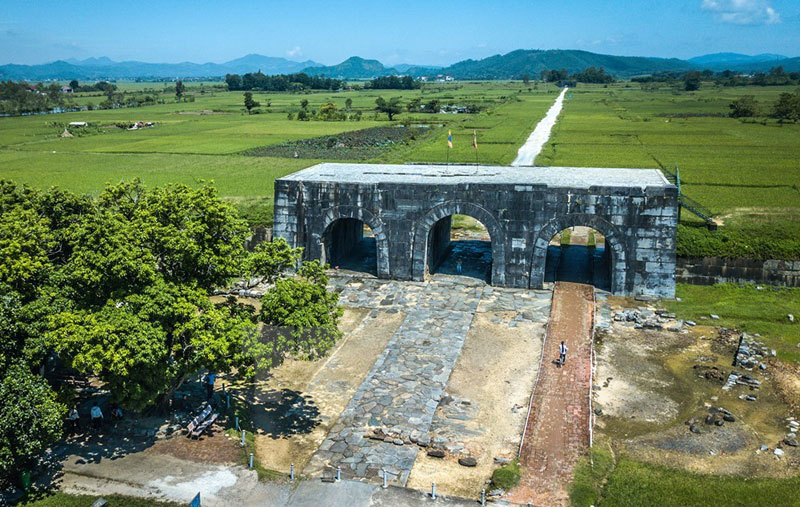
Citadel of the Ho Dynasty in Thanh Hoa
province is named a UNESCO World Heritage Site in 2011 (Photo: VNA)
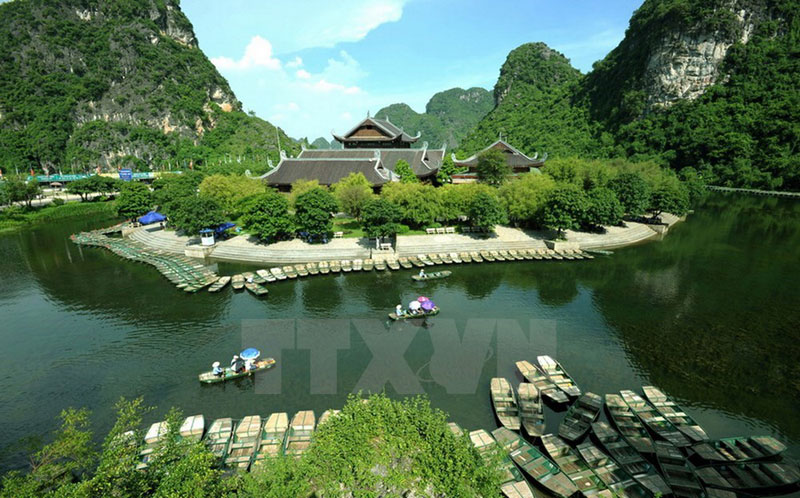
Trang An Landscape Complex in Ninh Binh
province became a UNESCO World Heritage Site in 2014 (Photo: VNA)
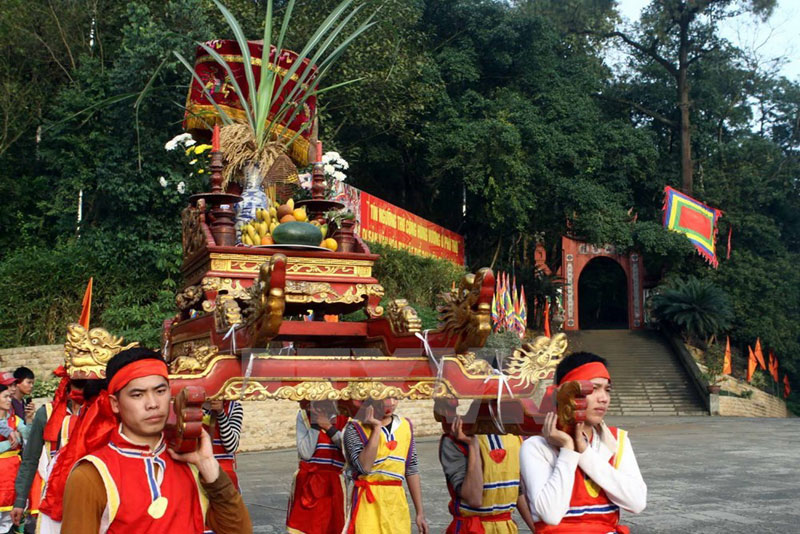
The worship of Hung Kings in Phu Tho
province recognised as a UNESCO Intangible Cultural Heritage of Humanity
in 2012. (Photo: VNA)
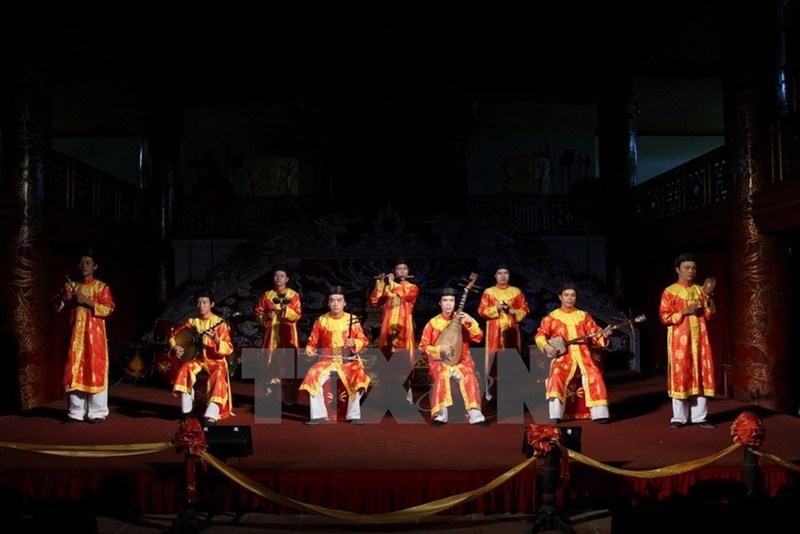
Nha nhac, Vietnamese court music, is named in the
Representative List of the Intangible Cultural Heritage of Humanity (Photo:
VNA)
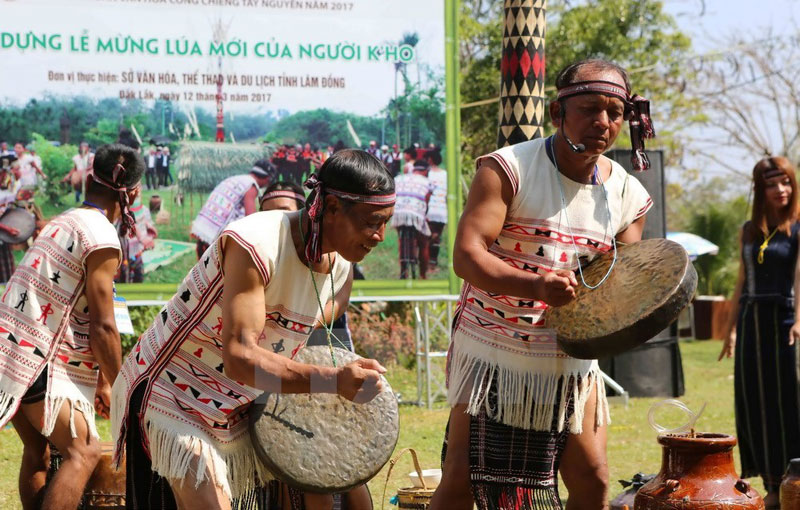
The cultural space of the gongs in
the Central Highlands of Vietnam (Photo: VNA)
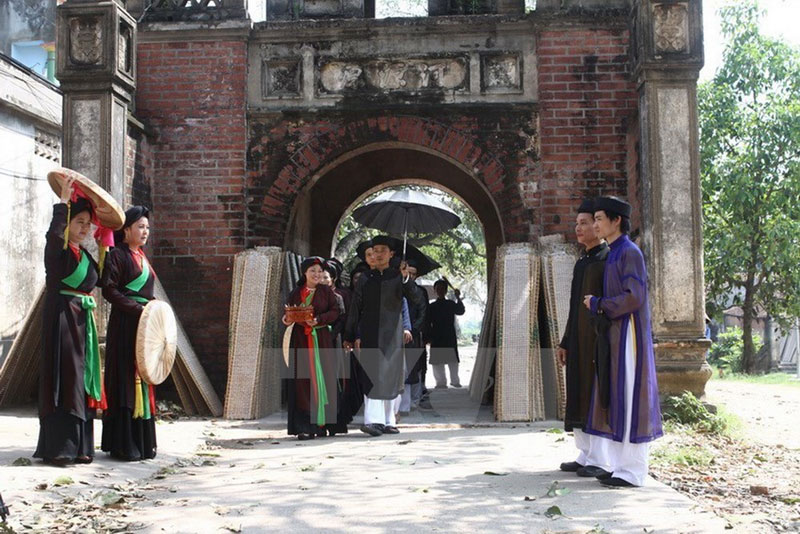
Quan ho Bac Ninh folk songs is part of the intangible
cultural heritage of humanity (Photo: VNA)
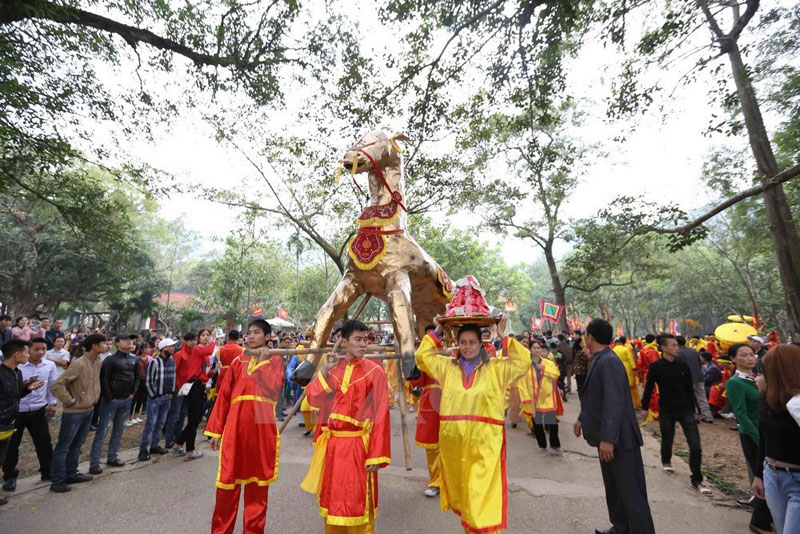
Giong Festival of Phu Dong and Soc temples was named
part of intangible cultural heritage of humanity in 2010 (Photo VNA)
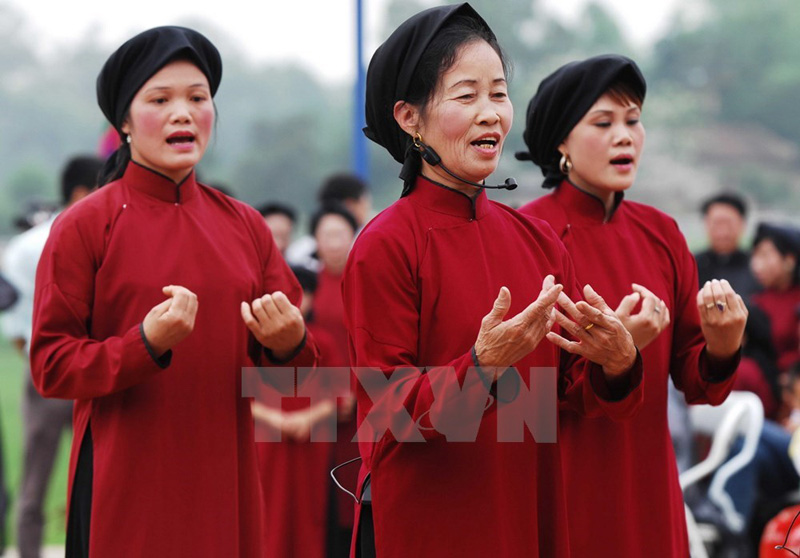
Recognised in 2011, Xoan singing of Phu Tho province
is part of intagible cultural heritage in need of urgent safeguarding (Photo:
VNA)
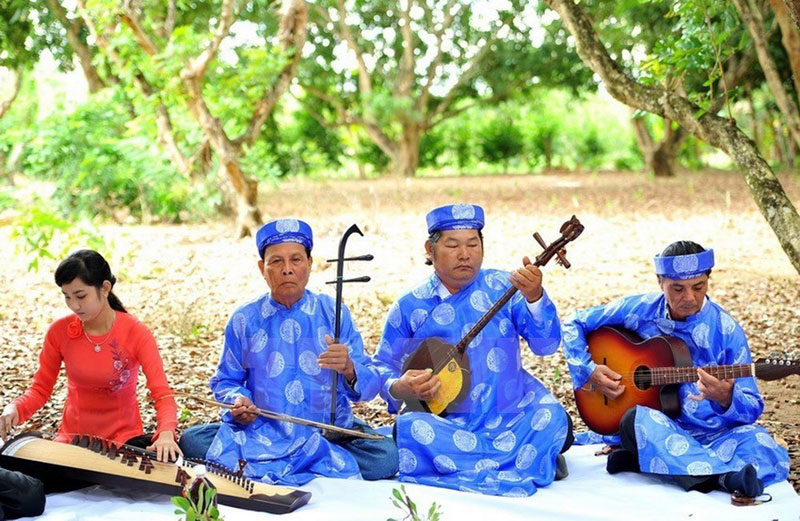
The art of Don ca tai tu music and song in southern Vietnam was named in the list of intangible cultural heirtage of humanity in 2013 (Photo: VNA)
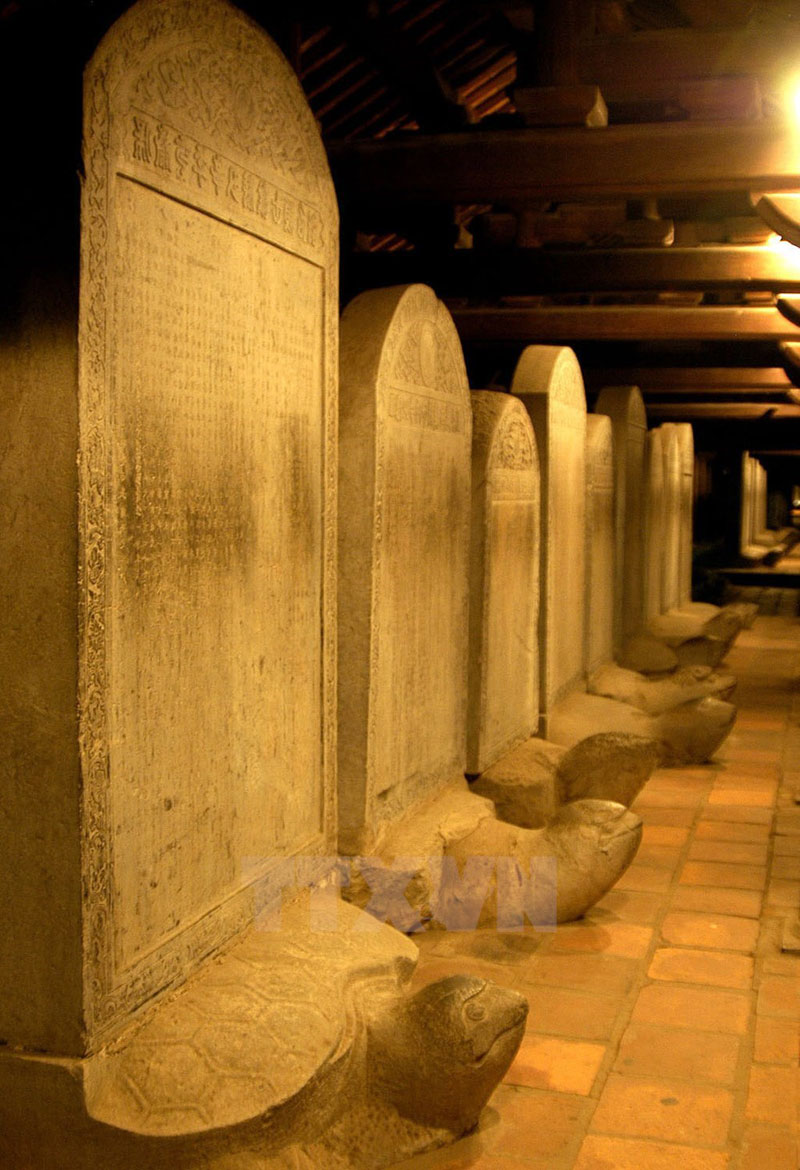
The 82 stone steles at the Temple of Literature,
Vietnam’s first university, were inscripted in the Memory of the World Register
(Photo: VNA)
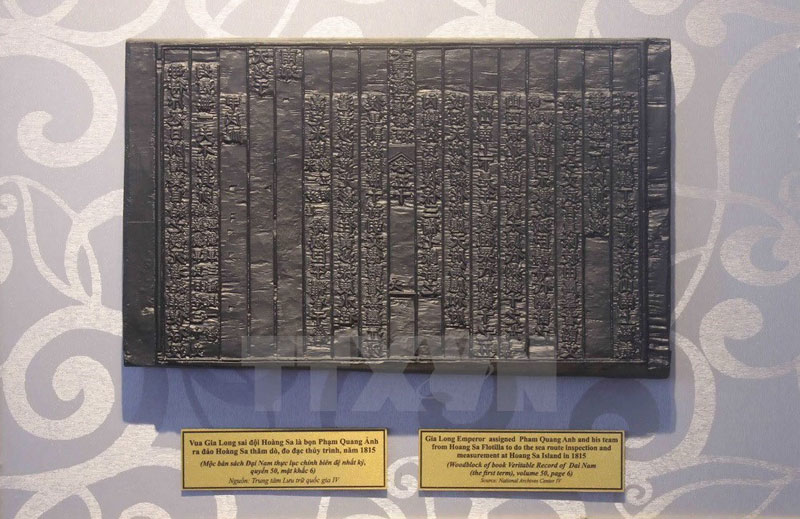
The woodblocks of Nguyen Dynasty were also included in the Memory of the World Register (Photo: VNA)
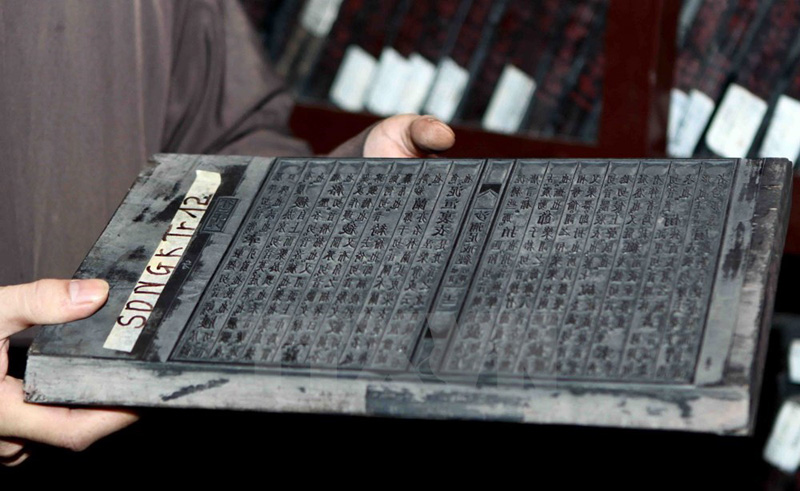
Buddhist woodblocks at Vinh Nghiem Pagoda in Bac Giang
province (Photo: VNA)
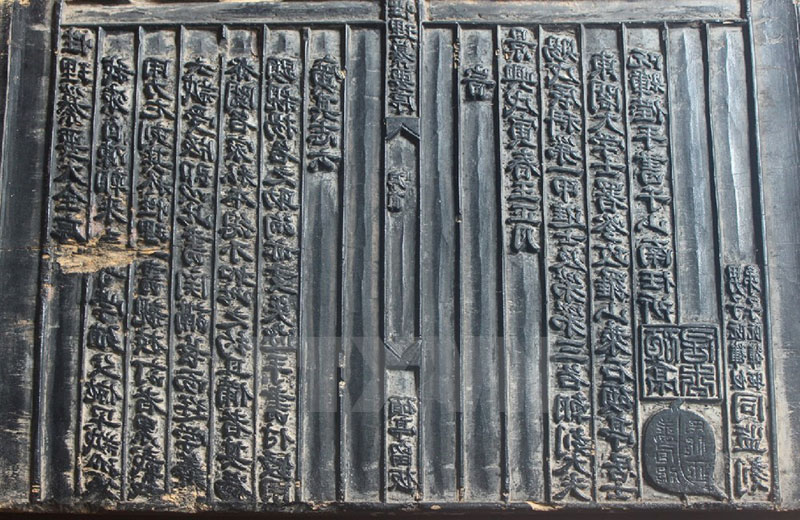
The woodblocks of Phuc
Giang School, in Ha Tinh province, are registered as Documentary
Heritage by the Memory of the World Committee in Asia-Pacific (Photo VNA)
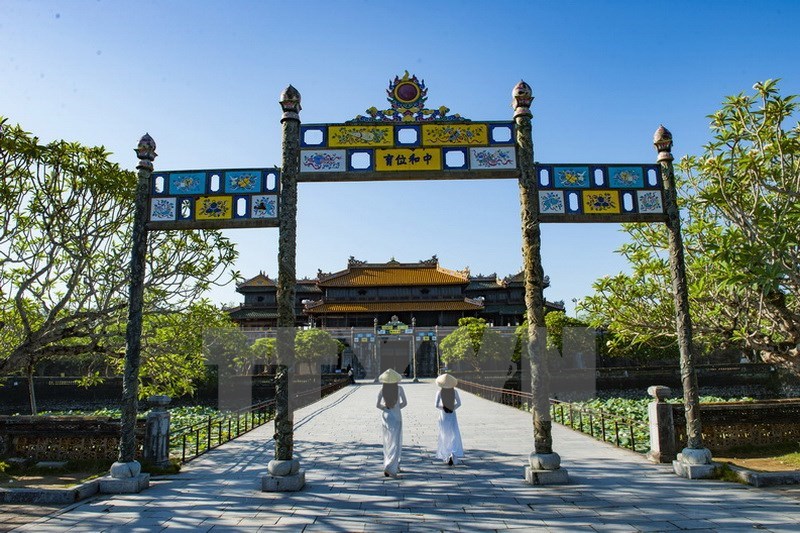
Royal Literature on Hue Royal Architecture
was recognised as Documentary Heritage in the Memory of the World
Programme in the Asia-Pacific
region (Photo: VNA)
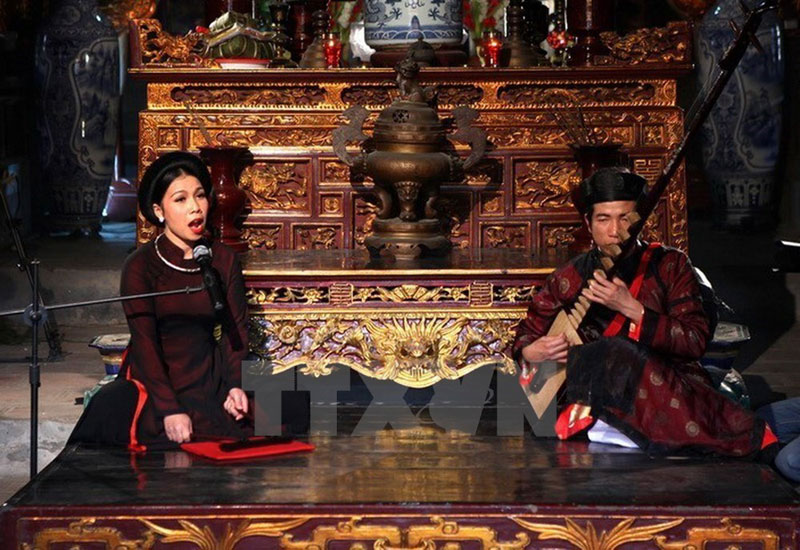
Ca tru singing is in the List of Intagible Cultural
Heirtage in Need of Urgent Safeguarding (Photo: VNA)
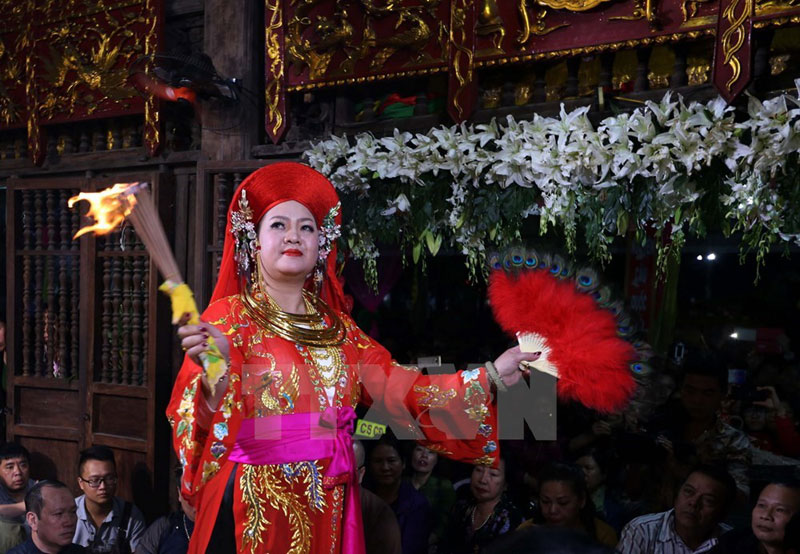
The practices related to the Vie beliefs in the Mother
Goddesses of Three Realms are on the Representative List of the Intangible
Cultural Heritage of Humanity (Photo: VNA)
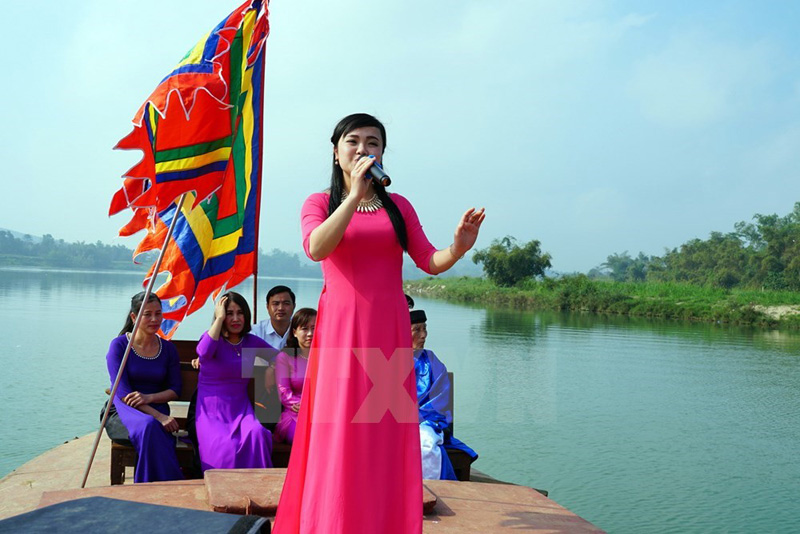
Vi and Giam folk songs of Nghe Tinh are on the Representative List of the Intangible Cultural Heritage of Humanity (Photo VNA)
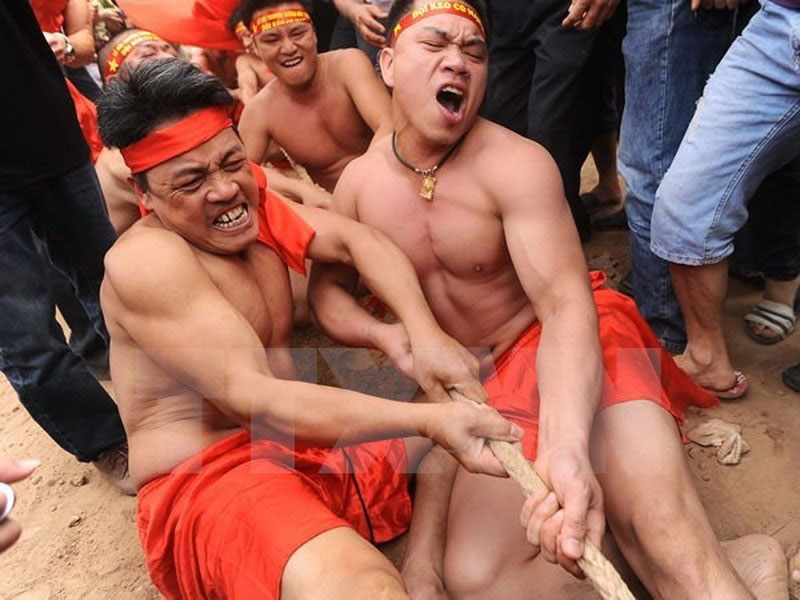
Vietnam's folk game tug-of-war was also
named part of the Intangible Cultural Heritage of Humanity (Photo VNA)
Source: VNA